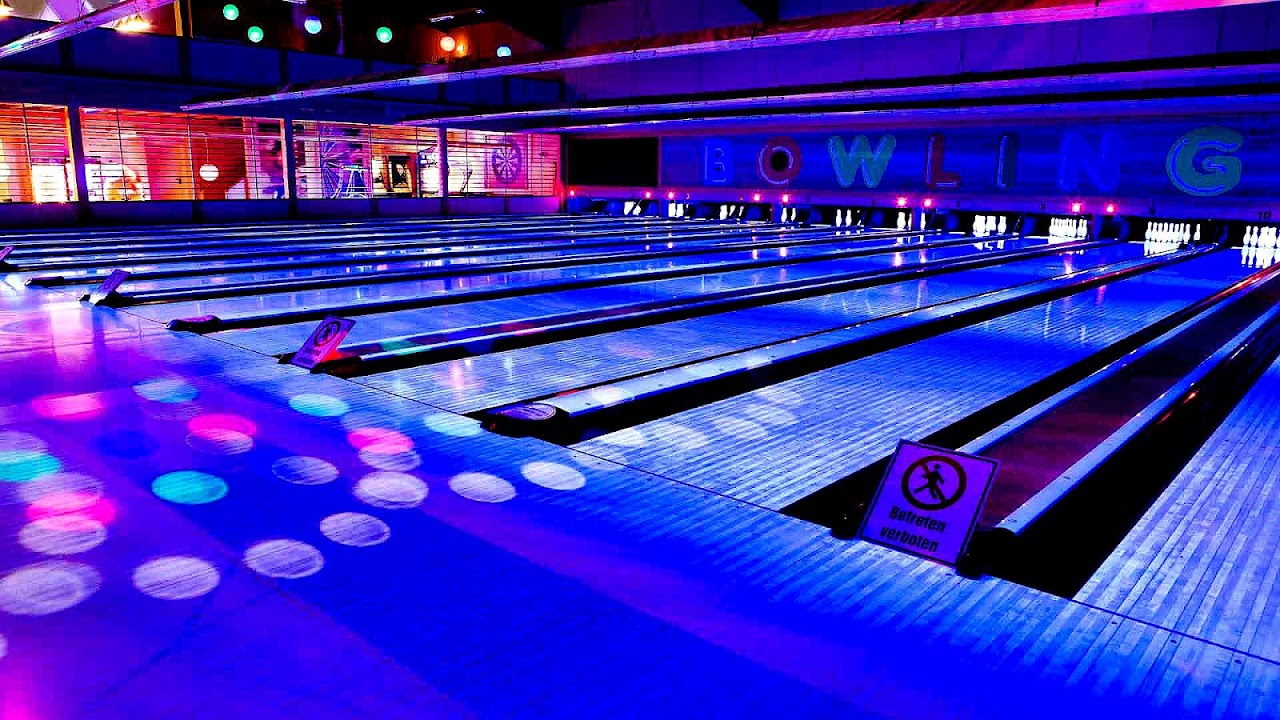
Black Bottom was a predominantly black neighborhood in Detroit, Michigan. The term has sometimes been used to apply to the entire neighborhood including Paradise Valley, which reached from the Detroit River north to Grand Boulevard. In the early twentieth century, African-American residents became concentrated here during the first wave of the Great Migration to northern industrial cities. Informal segregation operated in the city to keep them in this area of older, less expensive housing.
The name of the neighborhood is often erroneously believed to be a reference to the African-American community that developed in the twentieth century. But it was named during the colonial era by early French colonial settlers for the dark, fertile topsoil (known as river bottomlands). The Black Bottom-Paradise Valley became known for its African-American residents' significant contributions to American music, including Blues, Big Band, and Jazz, from the 1930s to the 1950s.
Located on Detroit's near east side, both Black Bottom and Paradise Valley were bounded by Brush Street to the west, and the Grand Trunk railroad tracks to the east. Bisected by Gratiot Avenue, the area known as Black Bottom reached south to the Detroit River. To the north to Grand Boulevard was defined as Paradise Valley. The old, substandard housing of Black Bottom and Paradise Valley was eventually cleared and redeveloped for various urban renewal projects. The neighborhood ceased to exist by the 1960s.
![Cosmic Bowling | Ultra Bowling | [Bowling Center Name] | [City], [ST] Cosmic Bowling | Ultra Bowling | [Bowling Center Name] | [City], [ST]](https://i0.wp.com/imgstore.ga/wp-contents/uploads/2013/11/uK6HzT.jpg)
Maps, Directions, and Place Reviews
History
Historically, this area was the source of the River Savoyard, which was buried as a sewer in 1827. The river's flooding had produced rich bottomland soils, for which early French colonial settlers named the area "Black Bottom".
The area's main commercial avenues were Hastings and St. Antoine streets. An adjacent north-bordering area, known as Paradise Valley in the twentieth century, contained night clubs where famous Blues, Big Band, and Jazz artists such as Billie Holiday, Sam Cooke, Ella Fitzgerald, Duke Ellington, Billy Eckstine, Pearl Bailey, and Count Basie regularly performed. In 1941, the city's Orchestra Hall was named Paradise Theatre. Reverend C. L. Franklin, father of singer Aretha Franklin, originally established his New Bethel Baptist Church on Hastings Street. Paradise Valley was home to the Gotham Hotel, which was known as the best hotel for African Americans in the world. It was business district was filled with African American run doctor offices, hospitals, drug stores and other services. Before World War I, Hastings Street, which ran north-south through Black Bottom, had been populated chiefly by European immigrants. They had taken over older housing left by more established native-born Americans who moved to newer housing.
Due to continuing ethnic succession, by the 1940s the area was chiefly settled by African American, who established a community of black-owned businesses, social institutions, and night clubs. Detroit's Broadway Avenue Historic District contains a sub-district sometimes called the Harmonie Park District. It is associated with the renowned legacy of Detroit's music from the 1930s through the 1950s and into the present.
Black Bottom endured the Great Depression; many of its residents worked in the city's factories. Following World War II, the physical structures of Black Bottom were classified as aging and substandard. Because of redlining, there was no investment put into this neighborhood. Although it was home to one of the most prominent African-American business districts, the highways that were created through the Federal Highway Act of 1956 destroyed Hastings Street, home to many of the thriving businesses. Because of this Paradise Valley can not be found today. In the early 1960s, the City of Detroit demolished much of the Black Bottom district as part of an urban renewal project. It constructed major freeways through this area: the Chrysler Freeway (Interstate 75 and Interstate 375). In addition, it supported construction of Lafayette Park, a modernist residential development designed by Mies van der Rohe and intended as a model neighborhood. It combined residential townhouses, apartments and high-rises with commercial areas. Many of the former residents of Black Bottom were relocated to large public housing projects, such as the Brewster-Douglass Housing Projects and Jeffries Homes.

Geography
Historically, the primary business district was in an area bounded by Vernor, John R., Madison, and Hastings. Gratiot Avenue passed through that business district. The business district included hotels, restaurants, music stores, bowling alleys, shops, policy offices, and grocery stores. There were 17 nightclubs in the business district.

Notable people
- Della Reese
- Joe Louis
- Sugar Ray Robinson
Source of the article : Wikipedia


EmoticonEmoticon